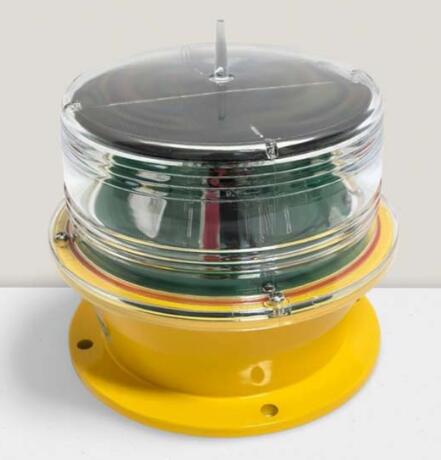Solar Battery Lantern: The Off-Grid Lighting Revolution for Sustainable Living
As energy access remains a global challenge, solar battery lantern technology has emerged as a transformative solution for homes, emergencies, and outdoor adventures. These self-sufficient lighting systems combine solar efficiency with modern battery storage to deliver reliable illumination without grid dependency.
1. Core Advantages of Solar Battery Lanterns
✔ Energy Independence – Operates entirely off-grid using renewable power
✔ All-Weather Reliability – Water-resistant (IP65+) designs for outdoor use
✔ Multi-Functionality – Many models include USB charging ports for devices
✔ Zero Emissions – Carbon-neutral operation compared to fuel lamps

Impact Data:
Replaces kerosene lamps (reducing indoor air pollution by 90%)
Provides 4-50 hours of light per charge (depending on brightness settings)
| solar battery lantern |
2. Key Technical Components
Component Advanced Features User Benefit
Solar Panel Monocrystalline (22%+ efficiency) Faster charging in low light
Battery LiFePO4 (2000+ cycles) 5-7 year lifespan
LED Array 100-500 lumens adjustable Balanced brightness & runtime
Smart Controls Motion sensors / Bluetooth app Customizable lighting schedules
3. Cutting-Edge Innovations
a) Adaptive Lighting Technology
| solar battery lanterns |
Auto-adjusts brightness based on:
✅ Ambient light levels
✅ Battery remaining capacity
b) Modular Power Expansion
Stackable battery units for extended runtime
Compatible with portable solar mats
c) Emergency Mode
72-hour ultra-low-power setting
SOS strobe function for emergencies
4. Applications Transforming Lives
Global Use Cases:
Rural Electrification – Replacing hazardous kerosene lamps in off-grid communities
Disaster Relief – Deployable within 15 minutes of emergency situations
Outdoor Recreation – Essential for camping/backpacking with 300g ultra-light models
Urban Preparedness – Reliable backup during power outages
Case Study:
UNHCR's 2023 refugee camp deployment:
50,000 units distributed
74% reduction in night-time safety incidents
5. Selection Criteria for Buyers
Performance Checklist:
Weather Resistance – Minimum IP54 rating
Charge Time – ≤8 hours for full charge
Battery Health Indicator – Clear state-of-charge display
Certifications – IEC 62257 for off-grid quality standards
Usage Match Guide:
Need Recommended Specs
Household lighting 200+ lumens, 10hr runtime
Emergency preparedness SOS mode, rugged construction
Outdoor activities Compact size (<1kg), hook mount
6. Maintenance & Longevity Tips
Maximizing Product Life:
Clean solar panel weekly in dusty environments
Store at 40-80% charge if unused for months
Avoid complete battery discharges
Troubleshooting:
🔧 No power? Check panel angle (should face midday sun)
🔧 Dim light? Battery may need replacement after 5+ years
7. Future Market Trends
Next-Generation Developments:
Integrated Power Banks – 100W+ output for appliances
AI Energy Management – Learns usage patterns for optimal charging
Self-Repairing Coatings – Microscopic cracks auto-seal
Solar battery lantern systems represent more than lighting tools—they're catalysts for energy democracy. From humanitarian missions to backyard patios, these sustainable solutions bridge the gap between technological innovation and practical daily needs. As solar efficiency continues improving, these lanterns will become even more accessible worldwide.
